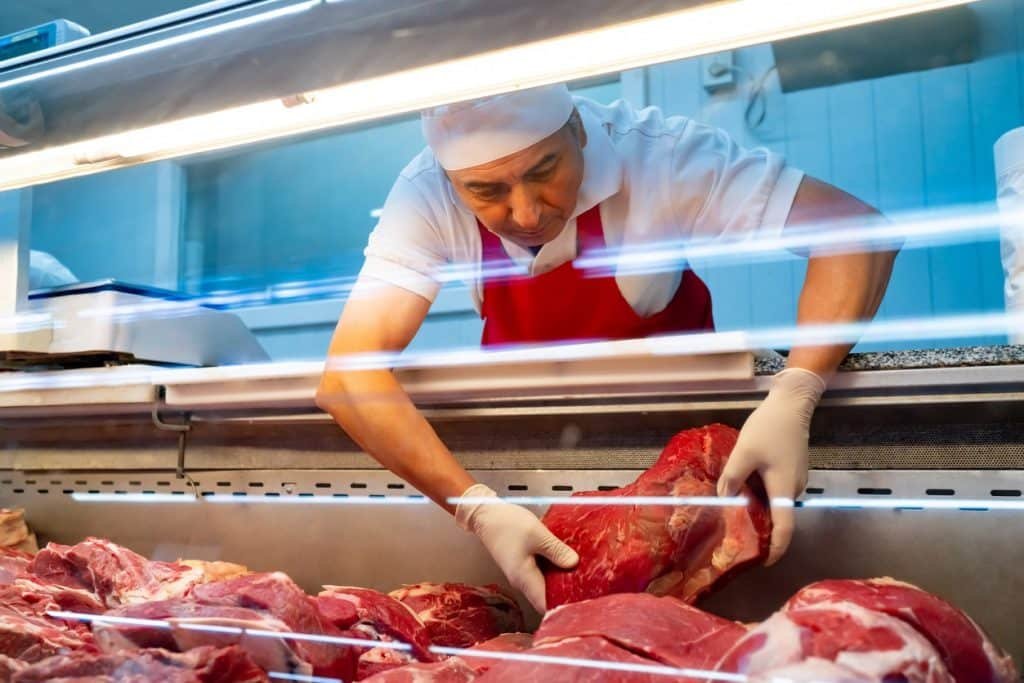When we think of essential professions that have stood the test of time, the role of a butcher undoubtedly takes a front seat. From ancient marketplaces to modern grocery stores and specialty shops, the butcher has remained a cornerstone in the food supply chain. This profession is more than just cutting meat—it’s an art form, a science, and a craft honed over centuries. In this blog, we dive deep into what it means to be a butcher, why the job remains relevant today, and what it takes to thrive in this respected trade.
The Origins of the Butcher’s Craft
The history of the butcher can be traced back to ancient civilizations. As humans evolved from hunters and gatherers to agricultural societies, the need for someone to skillfully prepare and portion meat grew. Butchers were essential in cities and towns, serving as providers of one of the most valued food sources—meat.
In medieval Europe, butchers were often part of organized guilds. These guilds not only set standards for quality and hygiene but also protected the rights and reputations of those in the trade. Over time, the butcher became more than just a meat cutter; he was a trusted figure in the community, relied upon for quality products and honest trade.
Skills That Define a Great Butcher
Being a butcher involves far more than wielding a sharp knife. Precision, knowledge of animal anatomy, and understanding various cuts are all key aspects of the job. Butchers must know how to break down entire carcasses into retail cuts, trim meat properly, and minimize waste. They also need to ensure food safety, follow health regulations, and maintain clean working environments.
Another important trait of a skilled butcher is customer interaction. Especially in local butcher shops, building trust with customers through transparency, personalized service, and knowledge about the meat’s source can go a long way in building loyalty. A seasoned butcher is as much a communicator and adviser as they are a technician.
The Butcher in the Modern World
In today’s fast-paced, technology-driven world, the role of the butcher has adapted without losing its essence. While many consumers shop for pre-packaged meat in supermarkets, there is a growing trend of returning to local butcher shops for fresher, ethically sourced options. This shift is driven by consumers who care about sustainability, traceability, and quality.
Modern butchers often blend traditional techniques with new technologies. Vacuum sealing, digital meat scales, and temperature control systems have all made the job more efficient. But what hasn’t changed is the value of craftsmanship. Whether it’s preparing specialty cuts for fine dining or offering locally sourced meats, the butcher continues to be an essential figure in both culinary and cultural contexts.
The Rise of Artisan Butchers
Over the past decade, the term “artisan butcher” has gained popularity. These professionals focus on high-quality, often locally sourced meats, and sometimes even raise the animals themselves. They may practice whole-animal butchery, using every part of the animal to reduce waste and offer unique cuts not found in commercial settings.
Artisan butchers are educators too, helping customers understand where their meat comes from, how it was raised, and how best to cook it. The connection between the butcher and consumer becomes a partnership based on mutual respect for food and tradition. In many ways, the artisan butcher brings back the community-centered roots of this age-old profession.
Becoming a Butcher: A Career with Depth
If you’re considering a career as a butcher, there’s more opportunity than you might think. While some learn through traditional apprenticeships, others attend culinary or trade schools that offer meat processing programs. These courses often teach everything from knife skills and meat science to business management and food safety regulations.
Being a butcher also offers flexibility. One might work in a supermarket, manage a small shop, supply meats to restaurants, or even run a mobile butchery service. With the rise in demand for organic and locally produced foods, those in the field can carve out a unique niche that aligns with their personal values and business goals.
The Butcher as a Cultural Icon
Beyond their practical role, butchers have become cultural icons in some regions. From Italian salumerias to French charcuteries and American BBQ joints, the butcher embodies local flavor and heritage. Many food lovers seek out these professionals not just for what they sell but for the stories they tell. Through their hands, tradition is preserved and passed on.
TV shows, books, and documentaries have helped bring renewed attention to this profession. Culinary celebrities often praise the artistry of skilled butchers, highlighting their importance in the journey from farm to table. The resurgence of interest in slow food and heritage breeds only underscores how relevant and respected this role remains.
Final Thoughts: The Butcher’s Enduring Role
In an ever-changing food landscape, the butcher continues to play a vital role. Whether it’s through providing sustainable meat options, offering personalized service, or keeping traditions alive, their contribution cannot be overlooked. As consumers become more conscious of what they eat and where it comes from, the value of a skilled butcher only grows.
So the next time you walk into a butcher shop or select a cut of meat for your dinner, take a moment to appreciate the craftsmanship and dedication behind it. Because behind every great meal involving meat, there’s a butcher who made it possible.







